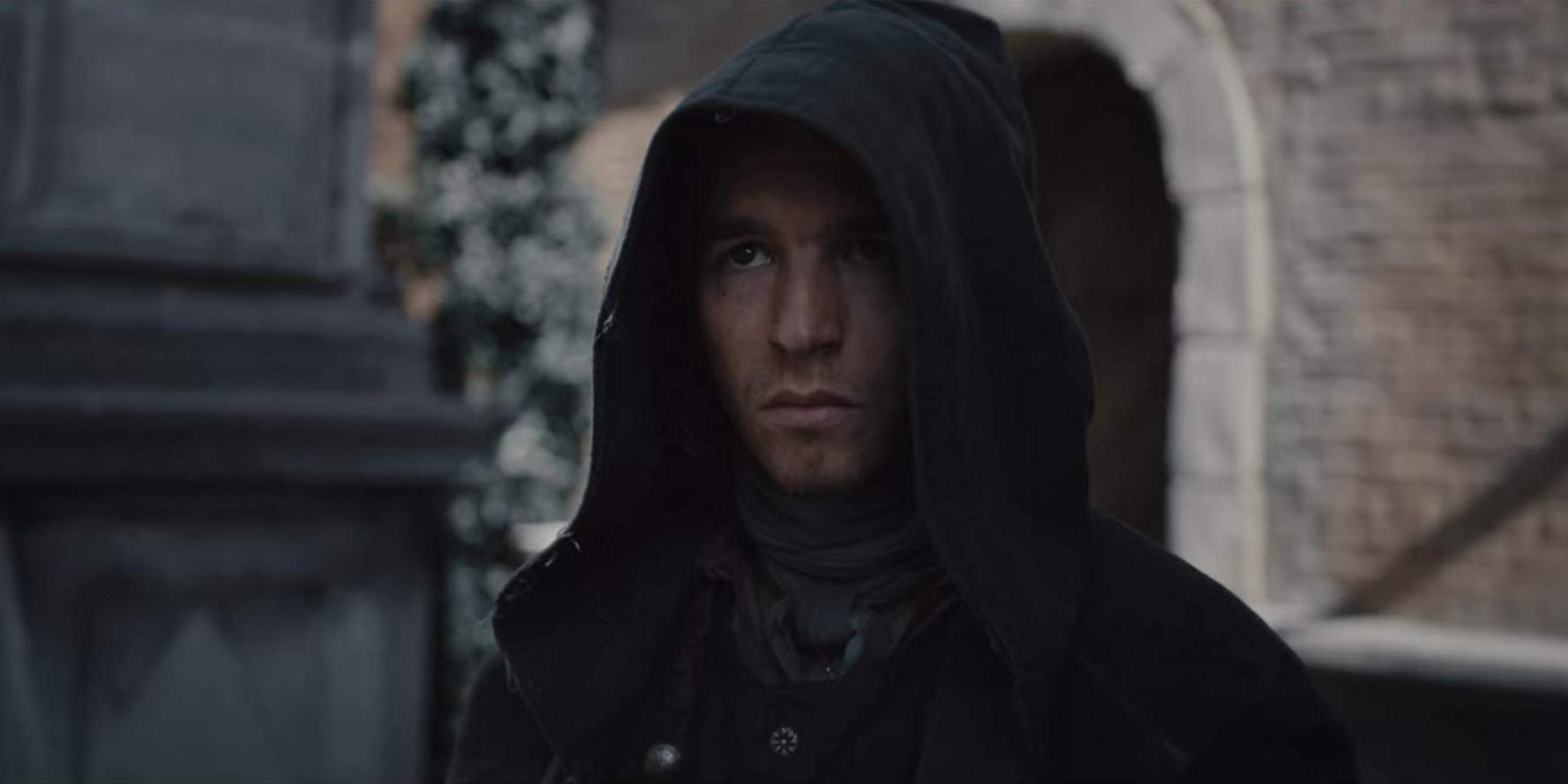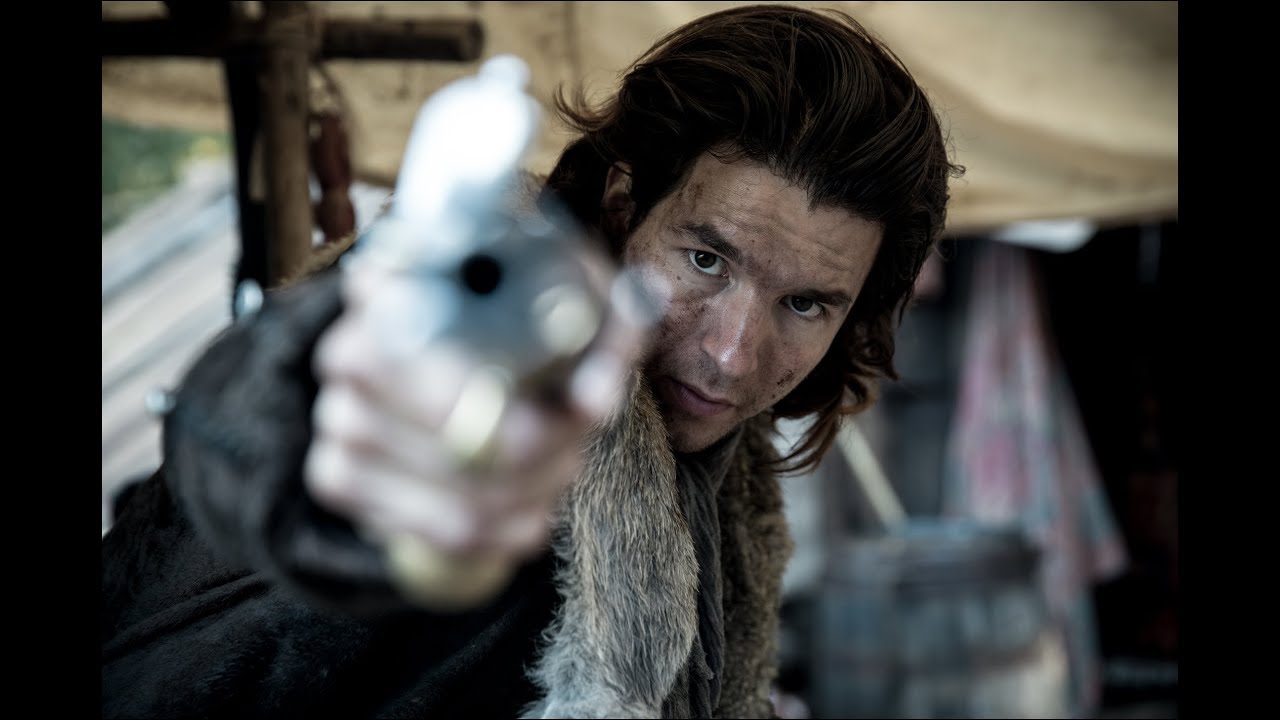Netflix’s ‘Thieves of the Wood’ tells the story of a Robin Hood-esque character who fights for the oppressed and downtrodden. He steals from the rich and distributes to the poor. Jan de Lichte is charismatic, noble and the hero that anyone would follow to the ends of the world.
Matteo Simoni gives a charming performance as Jan de Lichte. He portrays Jan as a man who, despite all the bad he has seen and suffered in his life, wants to do the right thing. Initially, he plans to escape to America, not caring about the state of Flanders. However, when he sees how the banished ones live, he is compelled to become their leader and make their lives better. How can you not fall in love with a person like that! However, the reality is stranger, and more horrible, than fiction. (Sorry to burst your bubble.)
Is ‘Thieves of the Wood’ Based on a True Story?
The answer is a bit complicated, but YES, the basic premise of the story is true. The characters are based on real people and their lives coincide with the events like The Austrian War of Succession. However, to think that it is entirely true would be a mistake. The story has received a dramatic makeover, with everything turned in favour of the main character.
While Jan de Lichte is based on a real person, almost every other character is a figment of the writers’ imagination. For example, Jean-Phillipe Baru. No matter how much you hate the bailiff, there is no proof of someone like him in the history books. He has been created to serve as the central antagonist and to give more depth to the story. There are real characters like Tincke and Anne-Marie, but their roles differ considerably between reality and the TV show.
Who is Jan de Lichte?

Jan de Lichte was born into a poor family in Velezke. His parents tried to make ends meet, but there is only so much you can do when the rich want to take away everything you have. Despite their goodness, Jan was exposed to criminal life very early in his life. There is a good chance that his elder brother and his uncle were both thieves. To escape poverty, he joined the army, and eventually deserted it.
On the run, he met up with gypsies and outcasts and made many friends. The group expanded with time but was not constant. People came and left over the course of years. Jan and his band started out with thieving. They would target food, clothes and other things, taking away whatever they could lay their hands on. This alerted the authorities, which ultimately led to a face-off. And then, Jan got the first taste of blood.
Despite being a part of the gang, there is no concrete proof that Jan de Lichte was their leader. He just turned out to be the most famous of them all, and for good reason. After a mistake killing, Jan discovered that it was easier to get away from committing a crime if you just kill anyone who tries to come in your way. His violence was also directed towards his gang where he started to take down one rival after another. Be it the issue of distributing the spoils or claiming the love of a woman or a drunken feud, Jan’s disputes always ended in blood.
What Happened to Jan de Lichte?

With the end of the Austrian War of Succession, the French army found themselves with a lot of leisure time. The authorities of Flanders decided to use this to their advantage and employed their help to get rid of the thugs and bandits. They eventually caught up with Jan and he was publicly executed by breakwaters. So, the execution scene, in the end, is pretty accurate. Though the crowd might not have been so sympathetic towards him.
Jan de Lichte is the stuff of folklores. The exploits and barbarity of his gang are still discussed and there are a number of myths and stories about them throughout the region. What we see in ‘Thieves of the Wood’ is the version that Louis Paul Boon concocted in his novel ‘The Gang of Jan the Light’. He was the one to turn the notorious criminal into a romanticised character. He is a celebrated author, so when he died, the others wanted to create something to remember him by.
A statue seemed like a fine choice, but in the end, instead of creating Boon’s statue, they decided to make Jan’s. However, when it came to finding a place for it, opposition from all sides rained down. Even Jan’s birthplace refused to have his statue in their city because they didn’t want to glorify a criminal like him. Finally, Antwerp agreed to shelter him, and now, his statue stands outside Antwerp Justice Palace. Poetic, indeed.
Read More: Thieves of the Wood Ending, Explained


You must be logged in to post a comment.